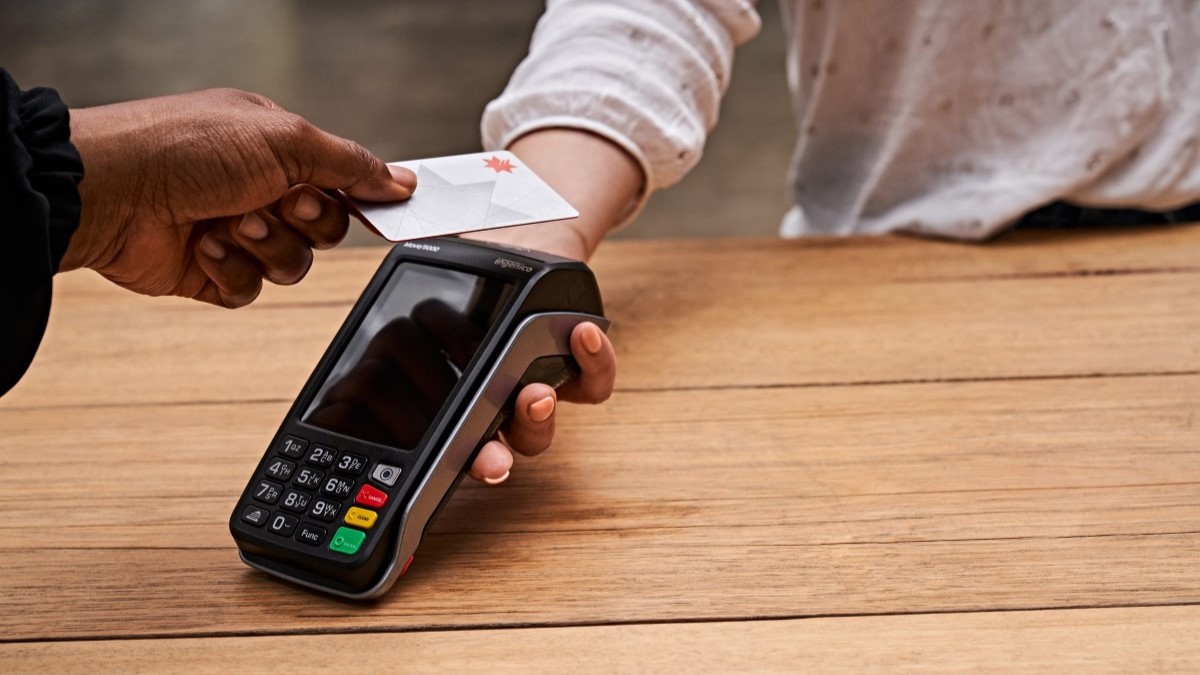When used responsibly credit cards can offer many benefits to consumers but in the wrong hands, they can cripple you financially.
Credit cards have been a staple in Australian spending but our love affair with credit cards could be ending if the most recent Reserve Bank statistics are anything to go by. According to the RBA, credit card debt has plummeted by 20% since the onset of COVID in March. In addition to paying off their credit cards, it appears Aussies are cancelling them too. The number of active credit cards has fallen by 3.62% since March to just under 14 million.
See also: Do you really need a credit card?
If you also think it’s time to call it quits with your credit card, here’s how to cancel it properly (because cutting it up won’t do it).
How to cancel your credit card:
1. Pay your credit card off in full
Before you can cancel your credit card, the balance must be $0 so you will need to pay off your credit card debt in full. You can also consider a balance transfer if you don’t think you’ll be able to pay off all your credit card debt.
If you’re struggling to pay off your credit card debt, it could be worthwhile reaching out to a free financial counsellor or chat with your provider and ask for financial assistance.
2. Transfer any rewards points
You’ve worked hard to earn those rewards points so why waste them? Before you cancel your credit card, transfer any rewards points to another card or use them if you can.
Point Hacks' spokesperson and frequent flyer expert Daniel Sciberras said what happens to your rewards points when you cancel your credit card depends on the type of card you have.
“If you hold a ‘direct-earn’ credit card that sweeps your points to your frequent flyer account every month, then when cancelling the card, they will usually sweep your remaining points to your frequent flyer account when the next credit card statement is due,” Mr Sciberras told Savings.com.au.
“However, some direct-earn providers may state that any remaining points that are due to be swept over to your account will be forfeited immediately upon cancellation.
“If you hold a flexible rewards credit card, where you transfer your rewards points manually to your frequent flyer account at your choosing, make sure to transfer all your points over before cancelling your card, as some providers will forfeit your points instantly when cancelling, and there is a likely chance you will have accumulated a large number of points given your points haven’t been automatically swept to your account on a monthly basis.”
3. Cancel any direct debits
Mr Sciberras says one of the most common mistakes people make when cancelling their credit card is forgetting to cancel direct debits.
You can ask your credit provider to do this for you or cancel them yourself. Don’t take your credit provider’s word for it: check your credit card account for yourself to make sure those payments have actually stopped coming out.
If you’ve signed up for a contract (like a gym membership) or other deal using your credit card, check your agreement or chat to the service provider before you change your payment method to make sure you’re not in danger of breaching your contract.
4. Cancel your card and get confirmation
Once you’ve done all the above, it’s time to cancel your card. As of January 1 2019, it’s a requirement that all banks must allow you to do this online. If you’re cancelling online, all you have to do is log in to your account and follow the instructions. Otherwise, you can ring up your bank and cancel your credit card over the phone, visit your lender’s branch (if they have one) or cancel the old-school way via letter.
Make sure you take note of the date and time you called and the name of the person you spoke to and always get confirmation that your credit card has been cancelled by following up with a letter or an email that includes your account details. Your credit provider should send you confirmation of your credit card cancellation anyway, as well as a final statement.
5. Cut up your card
The last step is the easiest one - just grab a pair of scissors and go to town. But before you do this, check with your provider to see if they have any specific instructions on cutting up the card, as some providers may ask you to cut the card diagonally in half and return it to them.
To make sure the card is properly destroyed, make sure you cut both vertically and horizontally through the card and cut the security code and security chip, as this is where data is stored.
See also: Should you cut up your credit card?
How to cancel a joint credit card
Mr Sciberras says joint credit cards are a less popular option in Australia and few providers offer this.
“Most others offer additional or supplementary cards instead, where there is a primary holder responsible for paying the card statement, but additional or supplementary cardholders that can incur charges on the card through a separate credit card,” Mr Sciberras said.
“Given that a joint account means joint responsibility, both holders will need to confirm that they wish to cancel the card together.”
Once you’ve both confirmed that you wish to cancel the credit card, you’ll both then need to confirm your identity to the provider. After that, the process of cancelling the credit card is exactly the same as we’ve outlined above. Things can get a bit more tricky if one of the cardholders has passed away or just can’t be contacted anymore (like a missing person). If that’s the case, you’ll need to speak to the provider and ask what the process is for cancelling it yourself.
Will cancelling a credit card affect my credit score?
Cutting up your credit card is unlikely to negatively affect your credit score unless you’re constantly applying for new credit cards to take advantage of introductory offers and then cancelling your old ones.
“The hit on your credit score occurs at the time of applying, where the card issuer will conduct a credit check when processing your card application,” Mr Sciberras said.
If anything, cancelling your credit card should put you in a more favourable light with banks and lenders, potentially boosting your chances of securing a loan in future. This is because lenders see credit cards as a potential risk to your ability to repay the loan. For instance, if you own a credit card with a $10,000 credit limit, the lender may judge you as if you had a $10,000 debt in your name, even if you have $0 owing on the card.
Is it better to cancel unused credit cards or keep them?
Mr Sciberras said nothing negative happens if you don’t cancel a credit card but never use it.
“Your account just ticks along with a zero balance,” Mr Sciberras said.
However, if your unused credit card has a high annual fee or you have no self-control when it comes to your spending, it may be worth cancelling your card.
Savings.com.au’s two cents
Credit cards get a lot of bad wrap but provided you use them responsibly, they can be useful and provide financial benefits to consumers.
However, there are some people who really should cut up their credit cards, so if you’re one of those, you may find that cancelling your credit card is the best financial option for you.



 Harrison Astbury
Harrison Astbury
 Denise Raward
Denise Raward